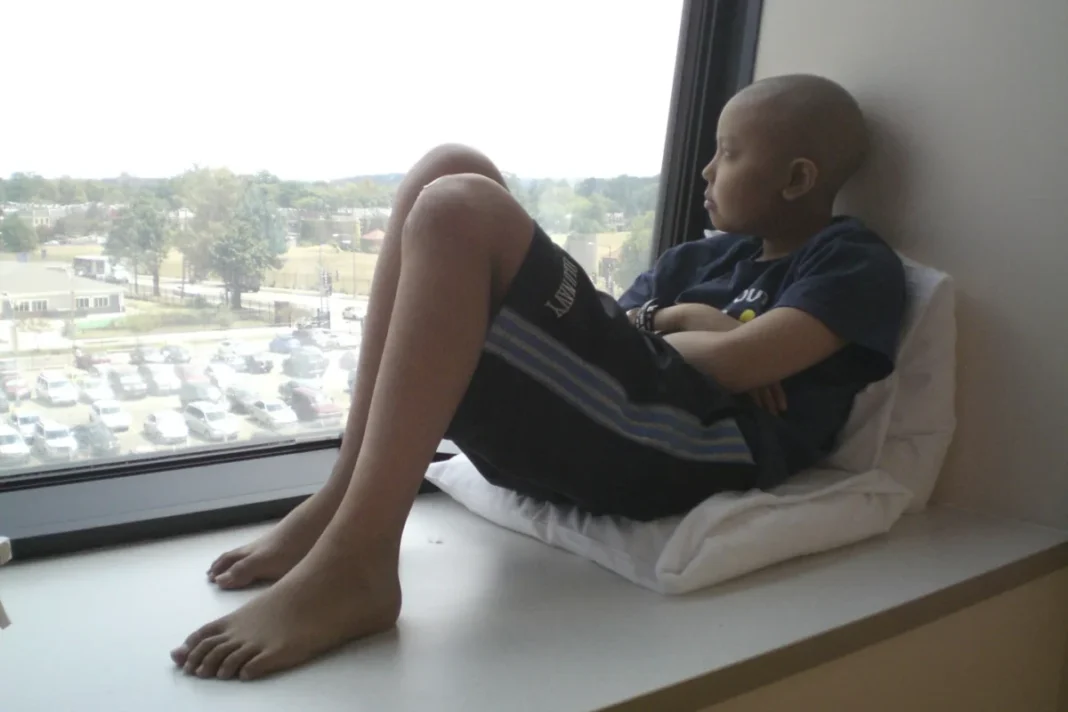A pioneering medical breakthrough has given hope to childhood cancer survivors as a man who battled bone cancer becomes the first known recipient of a sperm-producing stem cell transplant. This cutting-edge study aims to restore fertility lost due to cancer treatments.
A Childhood Cancer Survivor’s Journey to Parenthood
Jaiwen Hsu, now 26, was just 11 when he was diagnosed with bone cancer after a leg injury. The aggressive chemotherapy needed to save his life carried a devastating side effect—likely infertility. At the time, his parents learned about an experimental fertility preservation program at the University of Pittsburgh Medical Center (UPMC). Researchers were freezing testicular cells from young boys undergoing cancer treatment, hoping to one day restore their ability to have children.
Fast forward 15 years, and Hsu has now become the first patient to receive a transplant of his own preserved testicular stem cells, potentially marking a revolution in reproductive medicine for cancer survivors.
The Science Behind the Stem Cell Transplant
Unlike adult cancer patients, who can bank sperm or eggs before treatment, prepubescent boys diagnosed with cancer lack this option. They do not yet produce mature sperm, making fertility preservation far more complex.
Boys are born with specialized stem cells in their testes that later develop into sperm-producing cells during puberty. Researchers, led by reproductive scientist Kyle Orwig at UPMC, have spent years studying how to preserve and reintroduce these cells to restore fertility. Since 2011, his team has frozen testicular tissue samples from around 1,000 young boys diagnosed with cancer.
A Landmark Experiment in Fertility Restoration
Hsu, not yet ready to start a family but intrigued by his long-ago participation in the study, reached out to Orwig’s team in 2023. With approval from the National Institutes of Health (NIH), doctors reimplanted his thawed testicular stem cells in a minimally invasive procedure guided by ultrasound.
While it is too soon to determine the transplant’s success, the procedure itself was deemed safe and feasible. Orwig and his colleagues caution that results may take time, as in previous animal studies, assisted reproductive techniques were needed to detect even small amounts of sperm production. However, this study opens the door to a potential future where fertility preservation could become standard care for young cancer patients.
A Global Effort to Preserve Fertility
Researchers worldwide are working on similar techniques. In January 2024, Belgian scientists performed a related procedure, implanting preserved testicular tissue rather than individual cells in a childhood cancer survivor. Additionally, studies are underway to restore fertility in female childhood cancer survivors using frozen ovarian tissue.
“These developments are incredibly promising,” said researcher Ellen Goossens of Vrije Universiteit Brussel. “While animal research has shown success, human transplantation will be the ultimate test of this technology.”
Dr. Mahmoud Salama, head of the Oncofertility Consortium at Michigan State University, echoed this sentiment, emphasizing the importance of advancing fertility preservation options for young cancer patients.
A Hopeful Future for Cancer Survivors
For Hsu, the experimental transplant is more than just a medical procedure—it’s a symbol of hope for thousands of young cancer survivors who may now have a chance at biological parenthood in the future.
Even if his transplant does not yield the desired outcome, Hsu remains optimistic. “Even if it doesn’t work for me, this research could make all the difference for future patients,” he said. “I’m grateful my parents made a decision years ago that allows me to have this option today.”
As scientists continue to refine fertility preservation techniques, this pioneering study represents a significant step forward in giving childhood cancer survivors a chance to overcome infertility—a long-overlooked consequence of lifesaving treatments.



